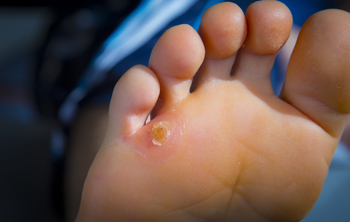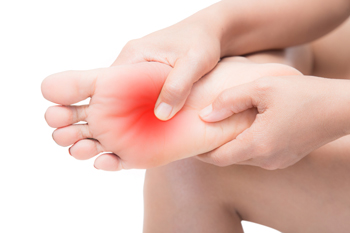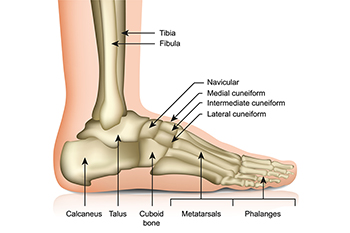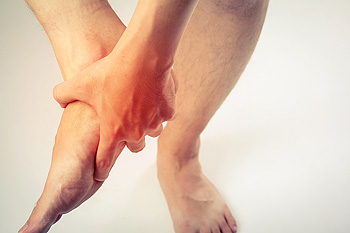
Corns are small circles of thickened skin on the feet with a hard center that can be painful, affecting your comfort with each step you take. Corns commonly develop on the top or side of the toes, and sometimes on the sole of the foot. Wearing ill-fitting shoes takes the lead in causing corns. Footwear that is too loose permits your foot to slide and rub. Meanwhile, high-heeled shoes exert undue pressure on specific foot areas, which can foster corn development. These issues intensify on bony feet that lack natural cushioning, making them more susceptible to corns. Further, corns may indicate an underlying foot problem, such as bunions or hammer toes. Addressing these root issues is important for effective corn treatment, as the thickened skin will not improve until the source of pressure is eliminated. View corns as symptoms, rather than isolated problems. Self-treatment is only advisable when the cause is understood and discussed with a chiropodist. Simple solutions like corn plasters are available, but caution is needed. Individuals with diabetes, circulation problems, or fragile skin should consult a chiropodist for tailored treatment options. Treating corns means more than managing symptoms. It is also about addressing underlying causes for lasting relief. If you are uncertain about the best course of action in managing painful corns on the feet, it is suggested that you schedule an appointment with a chiropodist.
Corns are small bumps or dry, hardened skin that can arise on the feet, usually in response to friction. Corns can be asymptomatic, or they can be uncomfortable or painful. If you have corns that are bothering you, please consult with one of the chiropodists from The Footcare Centre. Our chiropodists can help you maintain the health of your lower limbs and your mobility.
There are three types of corns:
Hard corns
Often occur on the tops of toes
Feature a hard core surrounded by dry, irritated skin
Can be painful
Soft corns
Often occur in between the toes
Soft due to constant exposure to sweat
Can be painful
Seed corns
Tiny
Often occur on the soles of the feet
Usually asymptomatic
Corns can be prevented by wearing shoes that fit properly. They are typically benign and don’t require medical treatment. However, if your corns are causing you pain or discomfort, don’t hesitate to reach out to a chiropodist near you for treatment options. If you have any questions, please feel free to contact our office located in . We offer the newest diagnostic and treatment technologies for all your foot care needs.




